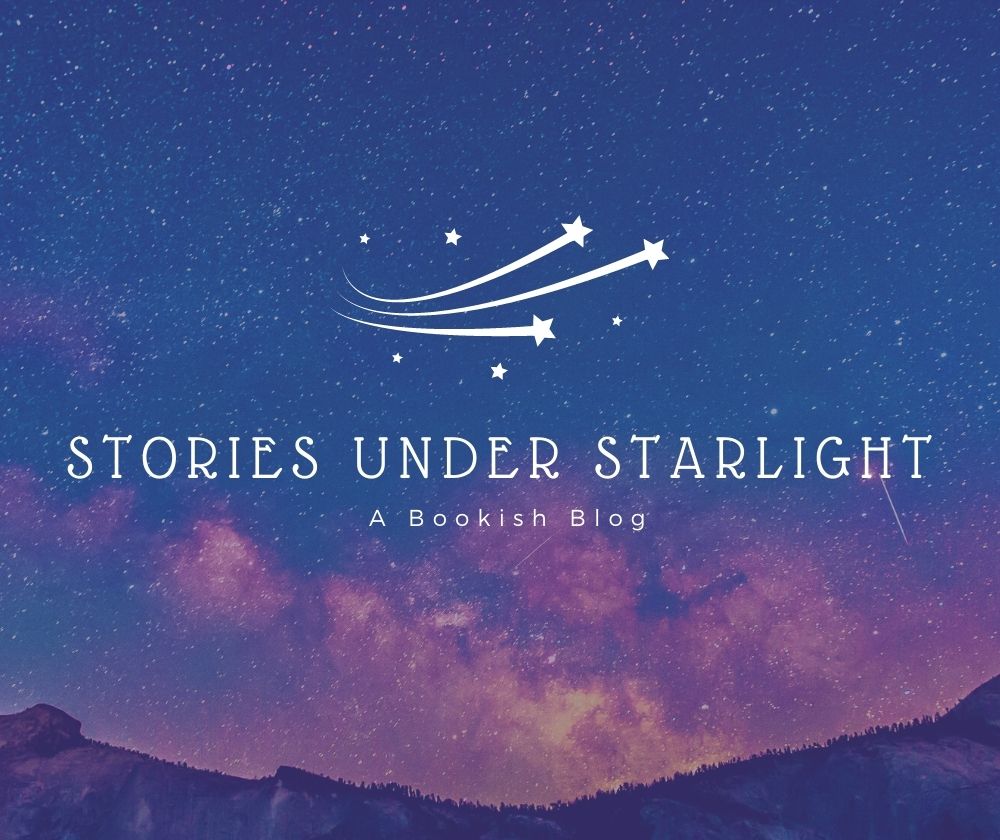Kontis, A. (2012). Enchanted. New York, NY: Harcourt
Plot Summary: Sunday Woodcutter is one of seven daughters born and named from the different days of the week. Despite her strange family and even stranger relatives, Sunday finds solace in writing stories. One day, Sunday meets an enchanted frog who asks her to tell him her stories and soon their friendship develops into something more than either of them could imagine. Sunday is in a hurry the day she kisses her frog goodbye and misses him turning back into a prince. Unfortunately, Prince Rumbold has yet another obstacle in winning his true love. Now a man, the prince must find a way to convince Sunday that he loves her and change the hearts of her parents who have come to blame him for the death of their son long ago.
Critical Analysis: Enchantedby Alethea Kontis is a vividly imagined tale of a girl name Sunday, who is miraculously the seventh daughter of a seventh daughter. She is also a mixture of some of the world’s most beloved fairy tales. According to Courtney Jones from Booklist, “Arilland is a delightful blend of original world building and traditional fairy tales. And Sunday herself is a greatest-hits mash-up of different princesses and fairy-tale heroines, including, of course, Cinderella. Jessica Miller from School Library Journal also agrees with Jones and writes that Enchanted has, “Fanciful bits of almost every classical fairy tale dance through Sunday's story, leading readers into an effervescent new world. The twists and turns, the nod to genre classics, and the emotional depth of this novel will captivate readers.” Kontis’ novel is not only a unique mix of classic fairy tales, but it’s also filled with humor, romance, and plenty of fantasy. Kevin Beach from VOYA writes, “Patient fantasy readers will undoubtedly enjoy the sometimes confusing mash-up of these famous stories, spiced with comedy, romance and magical powers.”
In the book Enchanted, Kontis does an excellent job of weaving in aspects of many different fairy tales. The most obvious tale is the story of The Frog Prince, but there are many other fairy tales referenced throughout the story, such as Cinderella, The Princess and the Pea, Jack and the Beanstalk, Rapunzel, Snow White, Rumplestiltskin, and a few others. For example, the author references Rapunzel when she writes, “We owe our current livelihood to Monday. Her bride gift was a tower at the edge of the Wood that had no door” (p. 19). In another part of the book, the story of Sleeping Beauty is mentioned when Sunday tells her little brother that “There is a cursed spinning wheel somewhere in Arilland, but there’s no way to know for sure if it’s the one” (p.102). In another example, Sunday’s brother Trix sells the family cow for “magic beans” (p. 38), referring to the story of Jack and the Beanstalk.
Kontis is a master storyteller and is able to create an interesting world along with quick humor, romance, and plenty of fairy magic. Not only is Sunday’s godmother her aunt, but she is also an actual fairy. Because of this family heritage, Sunday has special powers of her own which she must learn to control by having “lessons to awaken something that had lain quietly ignored inside her for almost sixteen years” (p. 97). Sunday is not the only family member with fey powers, such as her mother who can make things happen just by speaking the words. In addition, “Friday’s an empath. Thursday a seer.” and “Peter’s a sorcerer” (p.94). Along with plenty of fantasy and magic, Kontis creates a heartwarming romance between Sunday and Prince Rumbold. At the beginning of the ball, Rumbold sees Sunday and thinks, “He wanted to laugh, to cry, to scoop her up in his feeble arms and take her back to the Wood, back to their well, back to where they had fallen in love” (p. 155). Humor is also added throughout the tale, such as when a friend tells Rumbold, “Come on, lover boy. We’re needed to save an innocent barrel of wine from a lecherous duke’s son” (p. 208).
Readers who enjoyed Enchanted will also like Hero by Alethea Kontis (book 2 of the Woodcutters series) and Entwined by Heather Dixon. This book is recommended for grades 9 and up.
References
Beach, Kevin. (2012, Feb.). The first YA novel from a published picture book author, this fantasy tale is a clever reworking. [Review of the book Enchanted, written by Alethea Kontis]. VOYA. Books in Print. Retrieved from http://ezproxy.twu.edu:3959/DetailedView.aspx?hreciid=|36322809|36207018&mc=USA#
Dixson, Heather. (2012). Entwined. New York, NY: Harper Collins.
Jones, Courtney. (2012, Jul. 1.). In the land of Arilland, Sunday the seventh daughter of a seventh son. [Review of the book Enchanted, written by Alethea Kontis]. Booklist. Children’s Comprehensive Database. Retrieved from http://ezproxy.twu.edu:4529/index.php/jbookdetail/jqbookdetail?page=1&pos=1&isbn=9780547645704
Kontis, Alethea. (2013). Hero. Boston, MA: Houghton Mifflin Harcourt.
Miller, Jessica. (2012, Jun. 1). Sunday Woodcutter is the seventh daughter of a seventh daughter, and as such she finds that her stories have great power. [Review of the book Enchanted, written by Alethea Kontis]. School Library Journal. Books in Print. Retrieved from http://ezproxy.twu.edu:3959/DetailedView.aspx?hreciid=|36322809|36207018&mc=USA#



